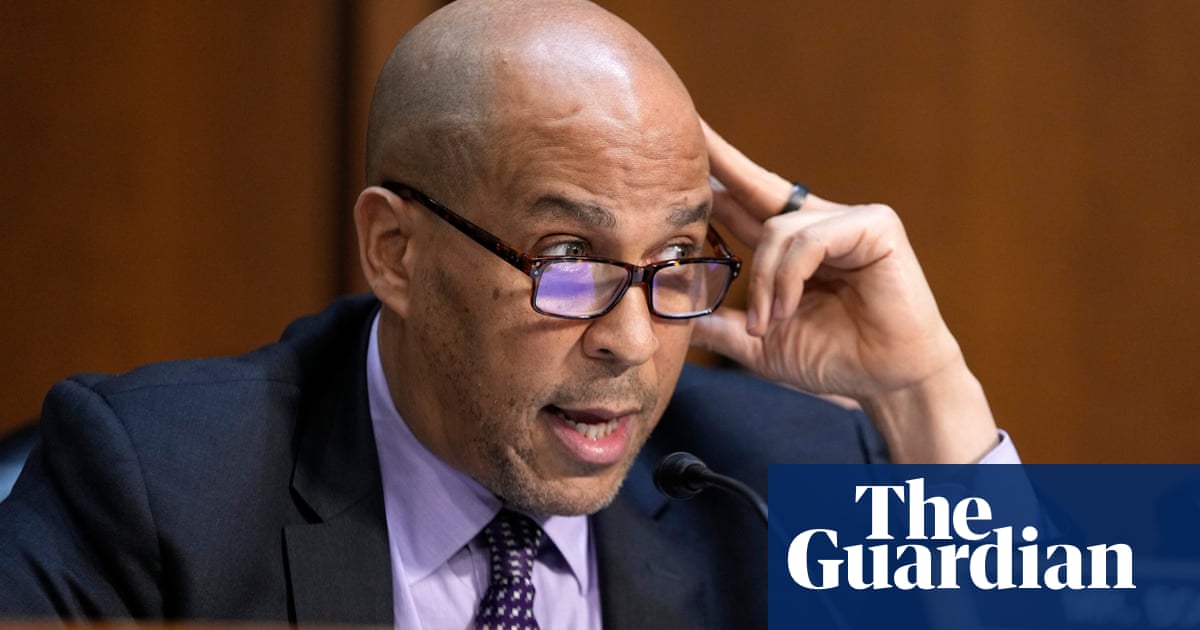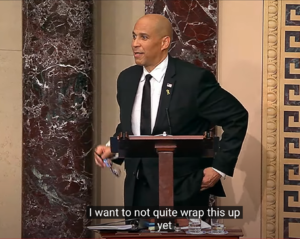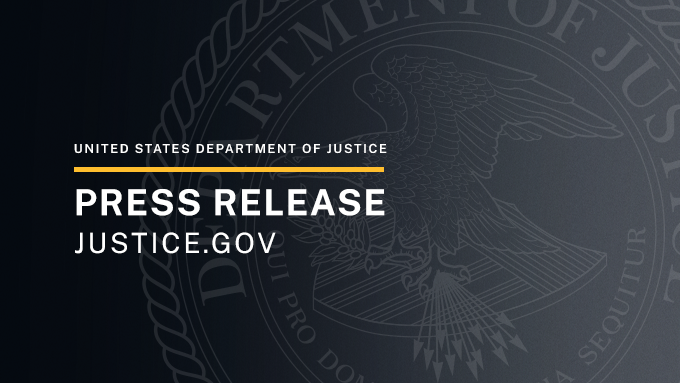Cory Booker's 25-hour speech, delivered on the Senate floor starting April 1, 2025, is significant for several reasons, though its importance depends on perspective—whether you view it as a historic act of resistance or a symbolic gesture with limited practical impact.
First, it set a new record for the longest continuous Senate speech in U.S. history, surpassing the previous mark of 24 hours and 18 minutes held by Strom Thurmond since 1957. That alone makes it a notable event in congressional annals. Unlike Thurmond’s speech, which was a filibuster opposing the Civil Rights Act and rooted in segregationist ideology, Booker’s marathon address was a protest against the policies of the Trump administration. He framed it as a moral stand against what he called a “grave and urgent” crisis, focusing on cuts to programs like Medicaid, Medicare, and Social Security, as well as broader concerns about immigration, education, and government efficiency measures tied to figures like Elon Musk. The contrast with Thurmond’s intent—Booker, a Black senator, breaking a record set by a segregationist—carried symbolic weight, especially for Democrats who saw it as a reclaiming of history.
The speech wasn’t a traditional filibuster, meaning it didn’t directly block a specific vote or piece of legislation, but it did disrupt Senate business for over a day. Booker vowed to speak “as long as I am physically able,” delaying proceedings like a tariff vote and at least one Trump administration nomination. This act of endurance—standing for over 25 hours without sitting, eating, or taking bathroom breaks—highlighted his physical commitment, which he prepared for by fasting and dehydrating himself beforehand. It drew attention to his message, amplified by massive online engagement (e.g., 350 million TikTok likes reported in some posts), making it a cultural moment as much as a political one.
For supporters, its importance lies in its role as a rallying cry for a demoralized Democratic Party, out of power in the White House and Congress. Booker invoked civil rights icon John Lewis, urging “good trouble” and kindness alongside resistance, aiming to inspire both lawmakers and the public. Democratic colleagues joined him on the floor, asking questions to give him brief respites, turning it into a team effort that showcased party unity. For them, it was a bold signal that Democrats could still fight back, even if only symbolically, against Trump’s agenda.
Critics, however, argue it was more theater than substance. The speech didn’t change laws or stop policies—it was, as some called it, “self-indulgent” or a “stunt.” With the Senate mostly empty for much of the time, its immediate audience was limited until the record-breaking angle gained traction. Taxpayers footing the bill for extended Senate operations might see it as a waste, especially since its tangible outcomes were minimal beyond raising awareness.
Ultimately, its importance hinges on what you value: a historic act of defiance with emotional and symbolic resonance, or a long-winded gesture that changed little in Washington. It’s a moment that’s hard to ignore, either way, given its sheer scale and the context of a polarized 2025 political landscape.
























